Wingspan 15 m Range 439 km Length 17 m | Top speed 223 km/h Weight 2,962 kg Cruise speed 186 km/h | |
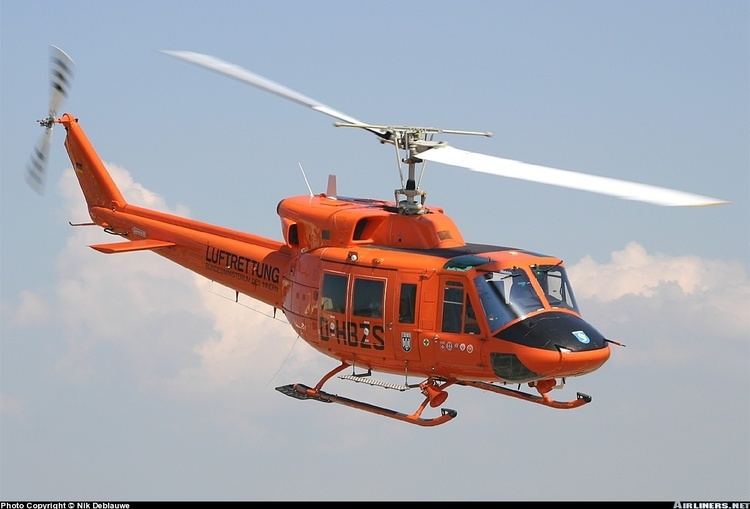 | ||
Engine type Pratt & Whitney Canada PT6T | ||
Bell 212 twin huey engine start and take off from karres heli austria base
The Bell 212 Twin Huey (also known as the Twin Two-Twelve) is a two-blade, twin-engine, medium helicopter that first flew in 1968. Originally manufactured by Bell Helicopter in Fort Worth, Texas, United States, production was moved to Mirabel, Quebec, Canada in 1988, along with all Bell commercial helicopter production after that plant opened in 1986.
Contents
- Bell 212 twin huey engine start and take off from karres heli austria base
- Bell 212 helicopter engine startup and takeoff
- Development
- Variants
- Civil and government operators
- Specifications Bell 212
- References
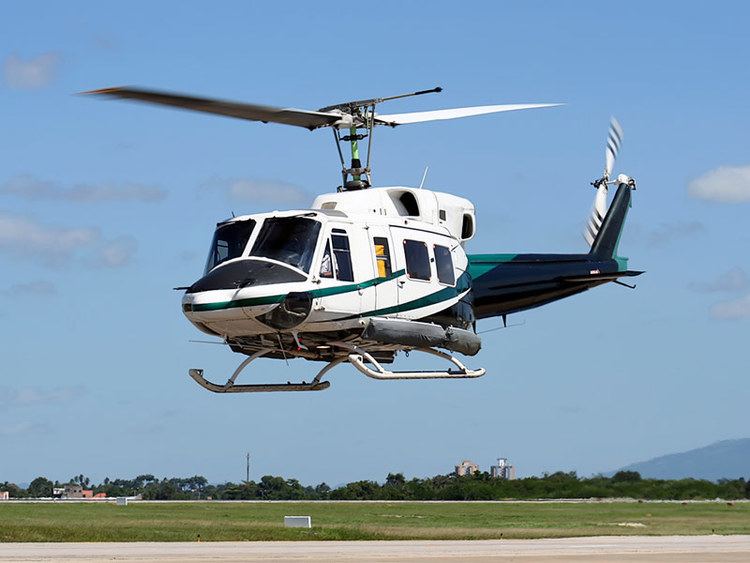
The 212 is marketed to civilian operators and has a fifteen-seat configuration, with one pilot and fourteen passengers. In cargo configuration the 212 has an internal capacity of 220 ft³ (6.23 m³). An external load of up to 5,000 lb (2,268 kg) can be carried.
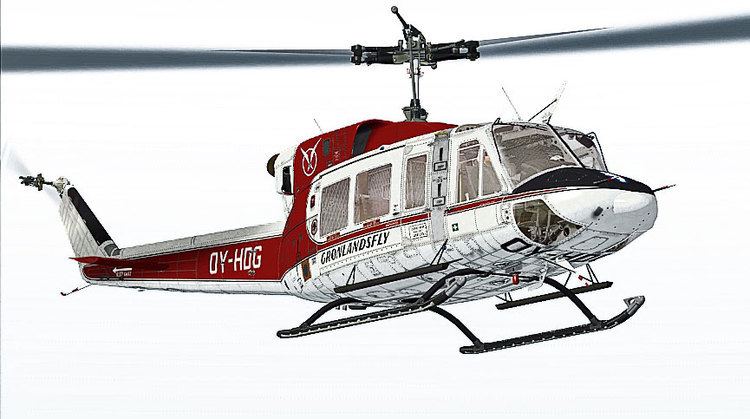
Bell 212 helicopter engine startup and takeoff
Development
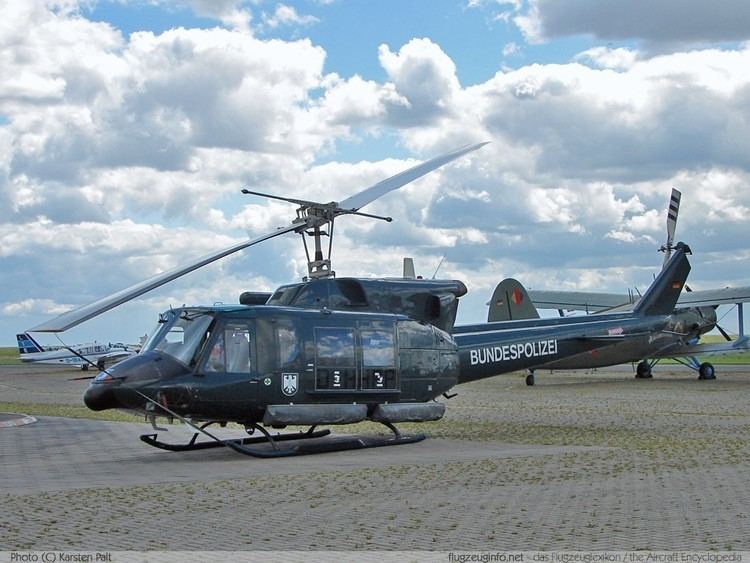
Based on the stretched fuselage Bell 205, the Bell 212 was originally developed for the Canadian Forces as the CUH-1N and later redesignated as the CH-135. The Canadian Forces took delivery of 50 starting in May 1971. At the same time the United States military services ordered 294 Bell 212s under the designation UH-1N.
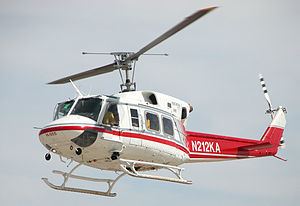
By 1971 the 212 had been developed for commercial applications. Among the earliest uses of the 212 in civil aviation was by Helicopter Service AS of Norway to be used in support of offshore oil rigs. Today the 212 can be found used in logging operations, maritime rescue and resupply in the Arctic on the Distant Early Warning Line or North Warning System.
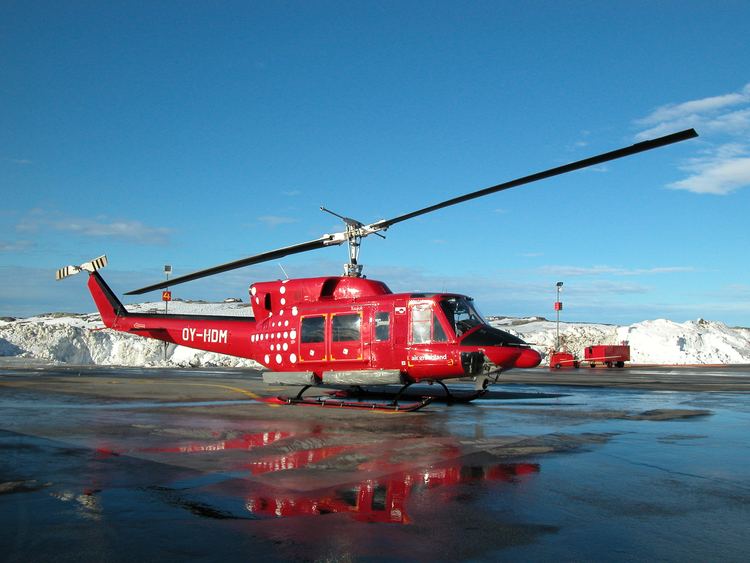
The 212's main rotor is powered by a Pratt & Whitney Canada PT6T-3 Twin-Pac made up of two coupled PT6 power turbines driving a common gearbox. They are capable of producing up to 1,800 shp (1,342 kW). Should one engine fail the remaining engine can deliver 900 shp (671 kW) for 30 minutes, or 765 shp (571 kW) continuously, enabling the 212 to maintain cruise performance at maximum weight.
Early 212s configured with an Instrument Flight Rules (IFR) instrument package were required to have a large and very obvious fin attached to the roof of the aircraft, above and slightly behind the cockpit. This fin was initially determined necessary to alter the turning performance of the aircraft during complex instrument flight maneuvers, but is no longer required due to revised stipulations of the type certificate. Many aircraft still fly with the modification.
In 1979, with the purchase of eight by the Civil Air Authority, the 212 became the first U.S. helicopter sold in the People's Republic of China.
The ICAO designator for this aircraft as used in a flight plan is "B212". Bell developed the Model 212 further with the Bell 412; the major difference being the composite four-blade main rotor. The last Bell 212 was delivered in 1998.
Variants
Civil and government operators
The Bell 212 is used by many private and commercial operators, it is particularly popular in the oil industries and for law enforcement use.
Specifications (Bell 212)
Data from Bell 212 Rotorcraft Flight Manual
General characteristics
Performance
